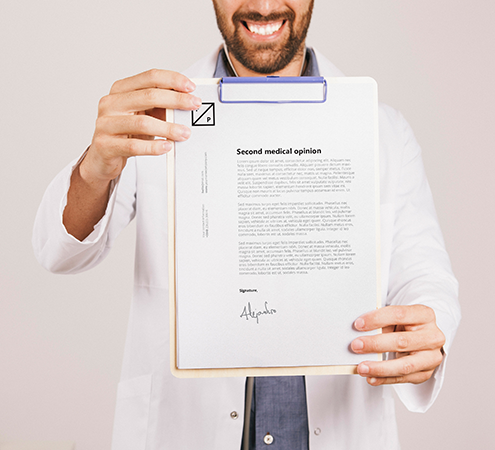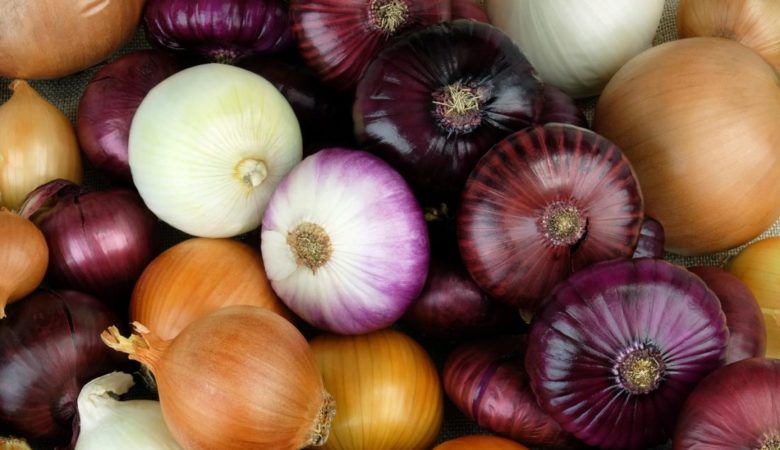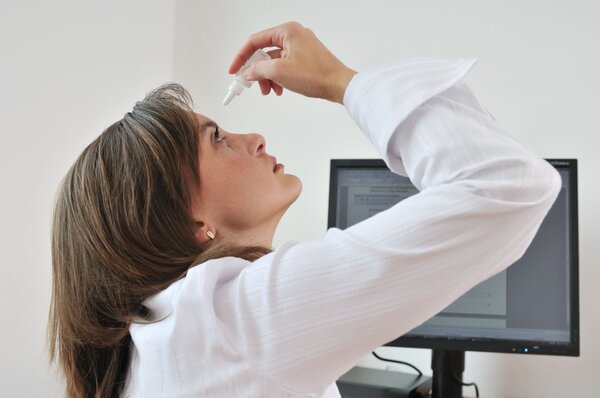
There are many taste for wine to be produced and enjoyed. The quality is also affected by many factors, among which temperature is one of the most important factors. This article will discuss the influence of temperature on wine from three aspects: fermentation, storage and tasting.
- Fermentation temperature
During the wine’s brewing process, the fermentation temperature will have a huge impact on the flavor and aroma of the wine. Because different types of wine are made differently, fermentation temperatures can also vary. Next, the editor will introduce the impact of fermentation temperature on wine.
Red wine
The fermentation temperature of red wine is generally between 20 ° C and 32 ° C. The specific temperature depends on the characteristics of the grape variety and the style to be brewed. During the fermentation of wine, winemakers often control the temperature to control the extraction of color, flavor substances and tannins. The higher the fermentation temperature, the faster the yeast can convert sugar to alcohol and carbon dioxide, and the lower the temperature, the more time it takes to complete the fermentation. If the temperature inside the fermentation tank is too high (above 35 ° C), the yeast will be killed; if the temperature is too low, the yeast cannot function and the alcohol fermentation cannot continue.
White wine
The ideal fermentation temperature for white wine is between 12 ° C and 22 ° C, because lower temperatures can slow down the fermentation process of the wine, help to preserve the flavor characteristics of the grape variety, and avoid the loss of aromatic substances as much as possible. Fermenting at higher temperatures can produce some more complex aromas, but it may lose the fruity taste; fermentation at too low temperatures will bring the taste of fruit hard candy to the wine, which is also not conducive to displaying the grape variety.
- Storage temperature
Storage temperature also has an impact on the quality and flavor of the wine. If the wine is stored incorrectly, it will affect the flavor of the wine and even cause defects in the wine.
Wines usually need to be stored in a cool, constant temperature environment. The optimal storage temperature is 10 ° C to 15 ° C. Extreme low or high temperature may affect the quality of the wine: if the storage temperature is too high, the wine may accelerate aging and lose some fruit flavor or other aroma; if the storage temperature is too low, the wine may freeze and become larger , Resulting in the stopper being ejected or the bottle broken.
It is worth noting that frequent fluctuations in the temperature of the storage environment will also affect the quality of the wine. Many people store wine in the refrigerator for easy access at any time, but this is not a long-term solution. On the one hand, the frequent opening and closing of the refrigerator door will cause the actual temperature inside the refrigerator to fluctuate, which is not conducive to the long-term storage of wine. On the other hand, the role of the refrigerator is mainly to prevent food from rotting. The oak stopper will dry out and harden, causing the wine to be oxidized by the air entering the bottle, and then lose the fresh fruity taste. In addition, the vibration of the refrigerator freezer is not conducive to maintaining stable wine quality.
- Three, tasting temperature
Different types and styles of wine have different serving temperatures, and changes in tasting temperature will also affect the flavor and aroma of the wine.
When tasting a medium or full-bodied red wine, the recommended drinking temperature is usually room temperature (18 ° C). However, depending on the specific environmental conditions, the indoor temperature will inevitably be affected, and the taste of the red wine will also be affected. If the room temperature is too high, the alcoholic feeling of the wine will be too prominent, masking other flavors, and weakening the presence of tannins; if the room temperature is too low, the wine will taste a bit astringent.
White wines, rosé wines, and sparkling wines are usually chilled after drinking, but should not be excessive, because too low temperature will cover the aroma of the wine and damage the elegant and charming flavor of the wine.
To sum up, the temperature of fermentation, storage and tasting will have more or less influence on wine. In these processes, you should always pay attention to controlling the temperature to keep it in a proper range, so as not to damage the quality of the wine.











